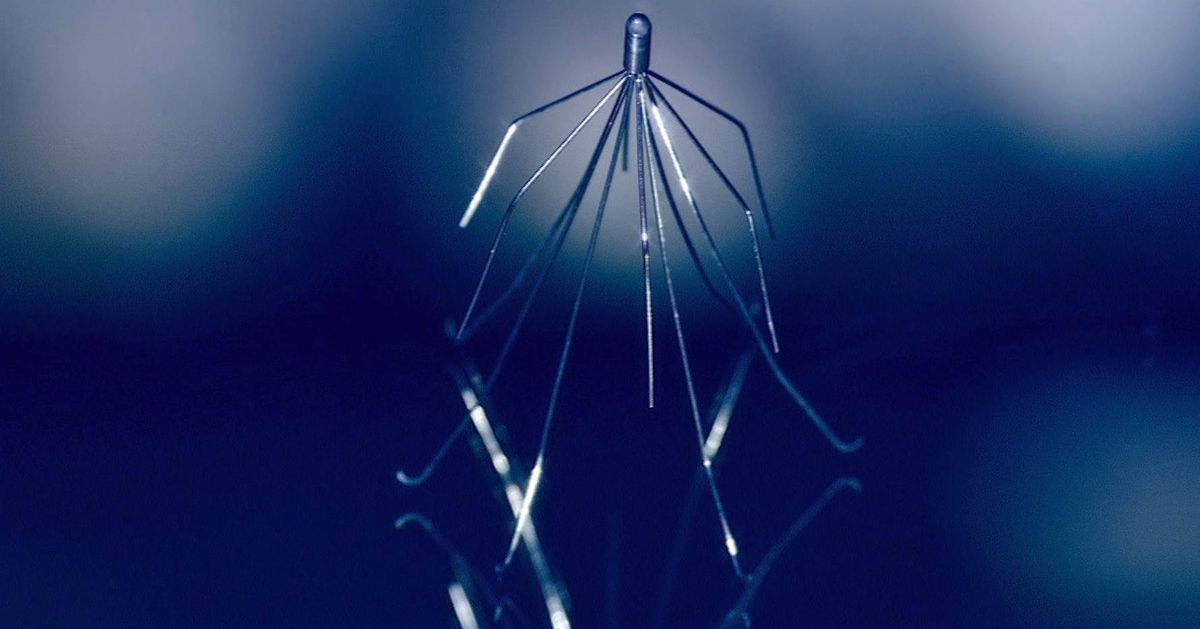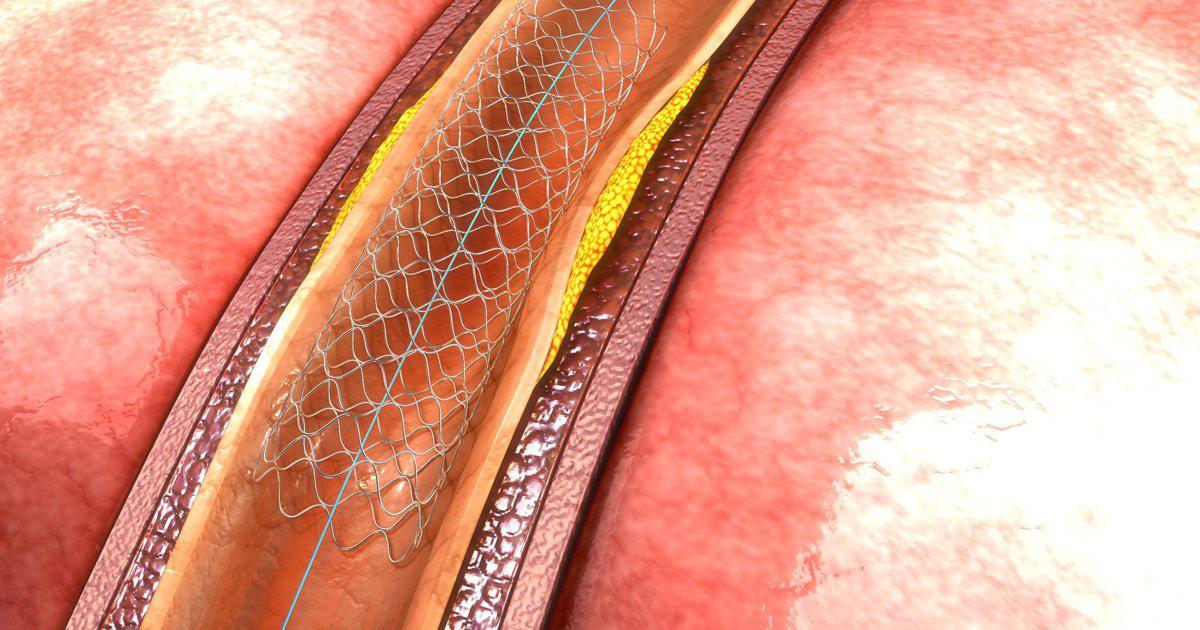Methods Of Treating May-Thurner Syndrome
May-Thurner syndrome is a condition where a major vein in the left leg called the iliac vein is squeezed by its companion artery, or the left iliac artery, increasing the risk of blood clots in the left leg. The condition is sometimes asymptomatic until the patient discovers they have a deep vein thrombosis, which is a blood clot deep in a large vein. Other individuals find their leg swells, is tender or painful, and feels warm to the touch. The skin may be red, and they may see veins in their leg that look varicose. It is important for May-Thurner syndrome to be treated because the blood clot in the vein may break off and travel to the lungs, leading to a life-threatening pulmonary embolism.
Vena Cava Filters

Vena cava filters are inserted into the body to catch any clots that might have broken off in the patient's leg and are traveling toward the lungs. They get their name because they are inserted into the vena cava, the largest vein found in the body. The patient is given a physical examination before the surgery, and the doctor may tell them to stop using blood thinning medication or other kinds of drugs or supplements.
The patient usually fasts the night before the surgery. The operation is typically performed while the patient is under IV sedation or general anesthesia. The doctor uses X-ray or ultrasound to guide a catheter into a vein in the patient’s neck or the upper part of their leg, and then threaded to the vena cava. When the catheter is in place, the filter is passed through it and into the vein. When it’s in place, it is released and allowed to expand. Many vena cava filters are removable.
Balloon Angioplasty

Another way to treat May-Thurner syndrome is through balloon angioplasty, which is very much like the procedure to insert a vena cava filter, but the doctor inserts a balloon instead of a filter. Also, it's inserted not to prevent a clot from traveling to the lung but is installed after a clot has been dissolved. The balloon forces the vein open and allows the blood to flow through it more easily. A stent is often inserted along with the balloon. The stent also expands and holds the vein open. Once the stent is placed correctly, the doctor deflates the balloon and carefully draws it out of the vein. The stent is permanent.
